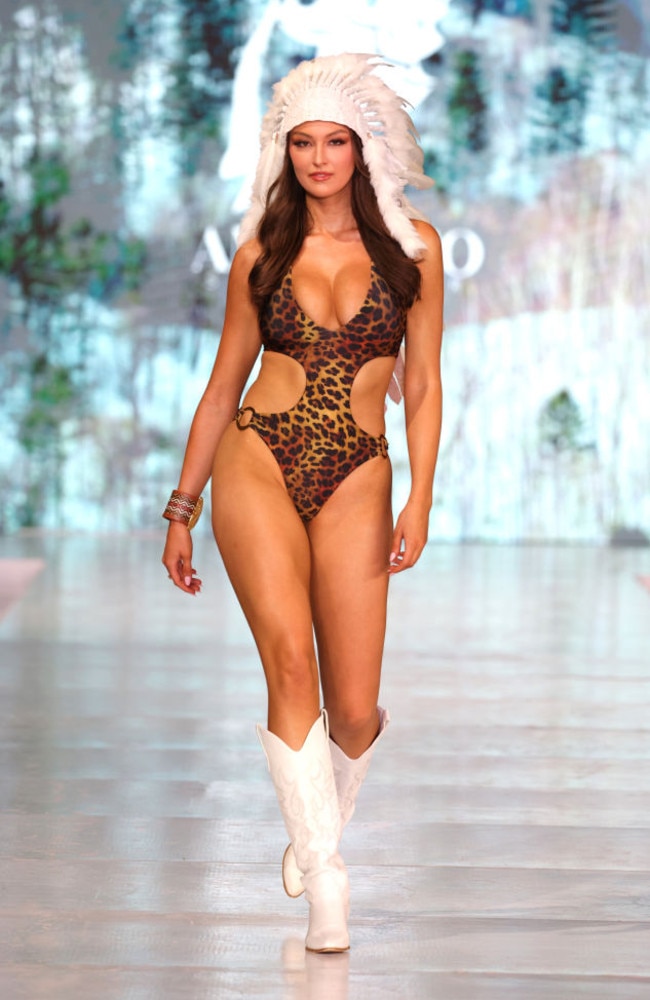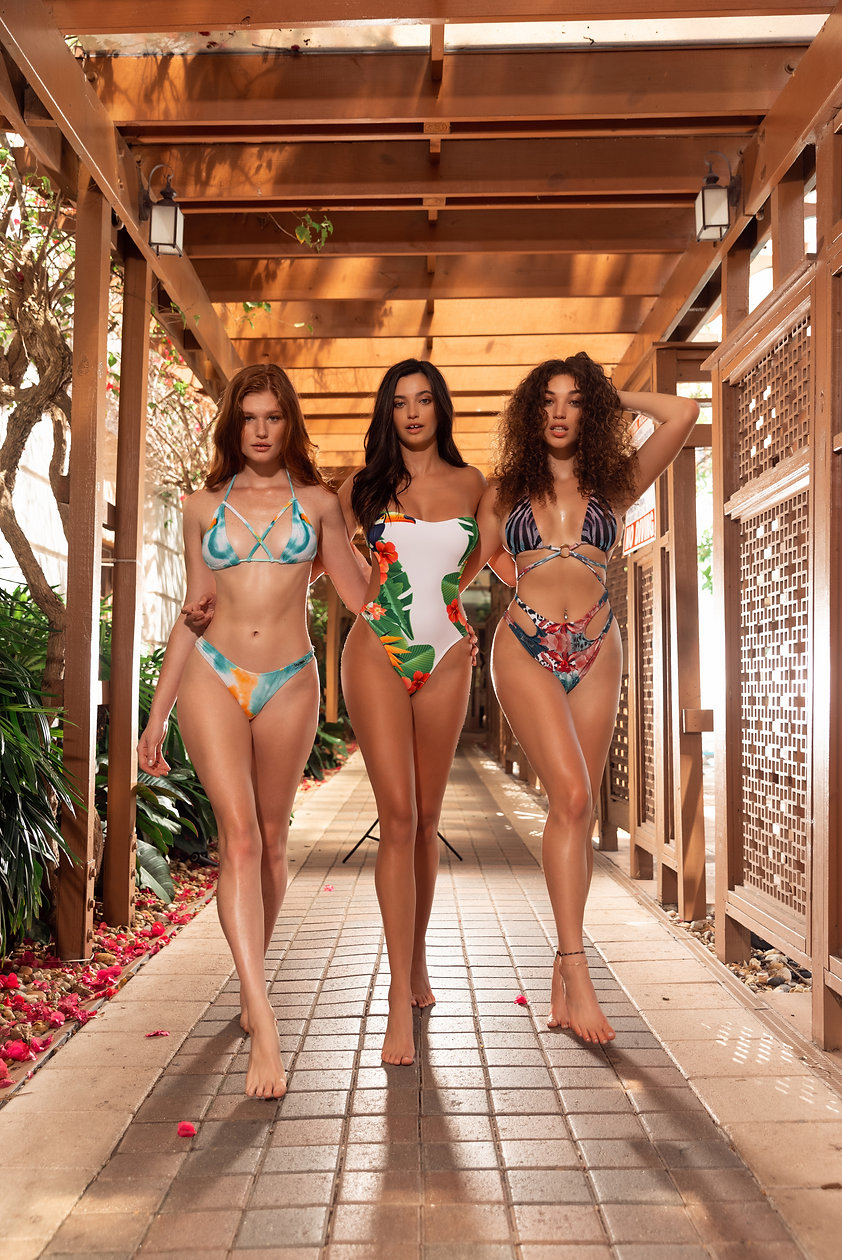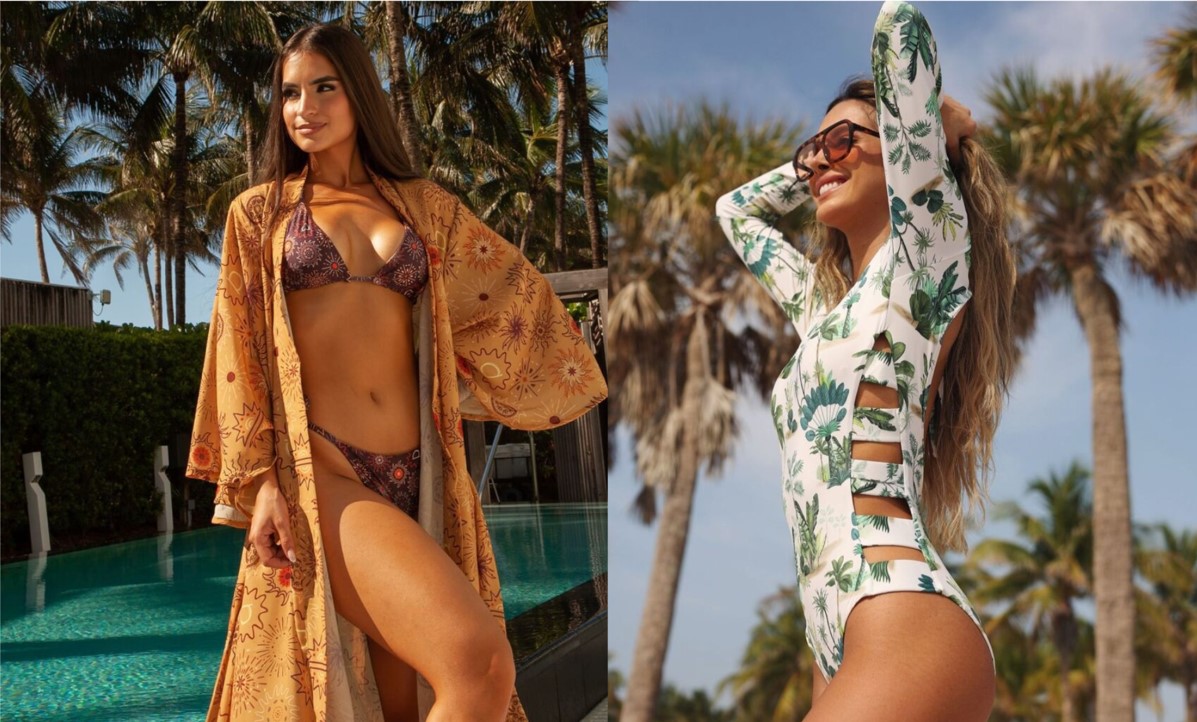Content Menu
● Historical Context of Miami Indian Clothing
>> Materials Used for Swimwear
● Evolution of Swimwear Among Miami Indians
>> Pre-Contact Era
>> Post-Contact Changes
● Modern Swimwear Trends Among Miami Indians
>> Miami Swimwear Manufacturers
● Cultural Significance of Swimwear
● Visual Representation
● Videos on Miami Indian Swimwear
● Contemporary Influences on Swimwear Design
>> Trends from Miami Swim Week 2024
● Sustainable Practices in Modern Swimwear Manufacturing
● The Role of Cultural Heritage in Fashion
● Conclusion
● Frequently Asked Questions
>> 1. What materials did Miami Indians originally use for swimwear?
>> 2. How did European contact influence Miami Indian clothing?
>> 3. What role does modern swimwear manufacturing play in preserving Myaamia culture?
>> 4. Are there any specific events where traditional Myaamia clothing is worn today?
>> 5. What are some notable Miami swimwear manufacturers today?
● Citations:
The Miami Indians, also known as the Myaamia people, have a rich cultural heritage that has evolved significantly over time. Their traditional clothing, particularly swimwear, reflects not only their environment but also their interactions with European settlers and the materials available to them. This article explores the historical context of Miami Indian swimwear, the materials they used, and how their clothing has adapted over the centuries.

Historical Context of Miami Indian Clothing
Before European contact, the Myaamia people wore garments primarily made from animal hides. These included:
- Leggings
- Breechcloths
- Moccasins
- Skirts and shirts
During warmer months, Miami men often wore minimal clothing, typically just a breechcloth and moccasins. This was practical for their lifestyle, which included swimming and fishing in local rivers and lakes. Early European accounts describe Myaamia men as wearing little to no clothing in hot weather, although these descriptions may have been exaggerated.
Materials Used for Swimwear
In pre-contact times, the Myaamia utilized various animal hides such as:
- Bison
- Deer
- Elk
These materials were durable and well-suited for the climate. The breechcloth served as a basic form of swimwear, allowing for freedom of movement while providing some coverage.
As contact with Europeans increased, the Myaamia began to incorporate new materials into their clothing. They adopted trade cloths such as wool, linen, silk, and cotton for various garments. This transition marked a significant change in their swimwear practices as they began to wear items made from these new fabrics during special occasions and daily life.
Evolution of Swimwear Among Miami Indians
Pre-Contact Era
In the pre-contact era, swimwear was primarily functional. The Myaamia's approach to swimwear was influenced by their environment and lifestyle. They often swam in rivers and lakes without any specialized swimwear. The breechcloth was typically worn by men during these activities.
Post-Contact Changes
After European contact, the introduction of new fabrics allowed for more variety in clothing styles:
- Trade Cloths: The use of wool and cotton became common in everyday wear.
- Decorative Elements: The Myaamia developed unique ribbonwork techniques that added intricate designs to their clothing. These decorative elements were often reserved for special occasions like dances or community gatherings.
Modern Swimwear Trends Among Miami Indians
Today, while many Miami Indians wear contemporary clothing similar to their neighbors, traditional elements are still celebrated during cultural events. Modern swimwear manufacturers in Miami have also embraced this heritage by creating swimwear that reflects both traditional designs and modern aesthetics.
Miami Swimwear Manufacturers
Miami is home to several swimwear manufacturers that produce high-quality products inspired by various cultural influences. These manufacturers focus on eco-friendly materials and unique designs that cater to diverse markets. Some notable manufacturers include:
- Ogiis Apparel: Known for custom private label bikinis and swimwear collections.
- Miami Swimwear Manufacturing: Offers quality private label bikinis with UPF+50 rated fabrics.
These companies highlight the fusion of traditional designs with contemporary fashion trends, showcasing the vibrant culture of the Miami Indians through modern swimwear.

Cultural Significance of Swimwear
Swimwear among the Miami Indians is not just about functionality; it also represents cultural identity. The evolution of their clothing reflects broader historical changes and interactions with other cultures. Today, traditional patterns and styles are often incorporated into modern swimwear to celebrate their heritage.
Visual Representation
To better understand the evolution of swimwear among the Miami Indians, here are some visual representations:
Traditional Myaamia Clothing
Modern Swimwear Inspired by Myaamia Culture
Videos on Miami Indian Swimwear
For a deeper insight into how Miami Indian culture influences modern swimwear design, consider watching these videos:
[Miami Swim Week Highlights](https://www.youtube.com/watch?v=MkRlLpjWJDo)
Contemporary Influences on Swimwear Design
The influence of various cultures continues to shape contemporary swimwear design in Miami. Events like *Miami Swim Week* showcase an array of designers who integrate diverse cultural motifs into their collections. This annual event emphasizes innovation while celebrating cultural diversity through fashion.
Trends from Miami Swim Week 2024
Miami Swim Week 2024 highlighted several key trends that reflect both modern aesthetics and cultural influences:
- Embellished Swimwear: Designers showcased vibrant bikinis enhanced with body chains and intricate beadwork.
- Sustainability Focus: Many brands prioritized eco-friendly practices by utilizing recycled materials and sustainable fabrics.
- Floral Details: Floral patterns were prevalent across collections, adding a fresh touch to traditional designs.
These trends illustrate how contemporary designers are drawing inspiration from diverse backgrounds while maintaining a commitment to sustainability and cultural representation.
Sustainable Practices in Modern Swimwear Manufacturing
Sustainability has become increasingly important in the fashion industry, including swimwear manufacturing. Many brands are adopting eco-friendly practices that align with environmental stewardship:
- Use of Recycled Materials: Brands like *Woodlike Ocean* utilize ocean-recovered fishing nets for their swimsuits.
- Organic Fabrics: Companies such as *NATASHA TONIC* produce swimwear using certified organic hemp and cotton fibers.
These sustainable practices not only reduce environmental impact but also resonate with consumers who prioritize ethical fashion choices.
The Role of Cultural Heritage in Fashion
Cultural heritage plays a vital role in shaping fashion trends today. Designers often look back at traditional garments for inspiration while infusing modern styles with historical significance. For instance:
- Kené Kaya's Amazonía Collection: This collection features indigenous artwork from the Peruvian Amazon blended into contemporary designs.
- Haitian Doll by Jo Bella: This brand showcases beachwear designs influenced by Haitian culture, merging tradition with modern sophistication.
These examples highlight how fashion can serve as a medium for storytelling while preserving cultural narratives.
Conclusion
The history of Miami Indian swimwear is a fascinating journey through time that reflects adaptability and resilience in the face of changing circumstances. From using animal hides in pre-contact times to embracing trade fabrics post-contact, the evolution of their clothing showcases a blend of tradition and modernity.
As we look forward to future trends in swimwear manufacturing in Miami, it is essential to recognize and honor the cultural narratives that shape these designs.

Frequently Asked Questions
1. What materials did Miami Indians originally use for swimwear?
They primarily used animal hides such as bison and deer for making breechcloths.
2. How did European contact influence Miami Indian clothing?
European contact introduced trade cloths like wool and cotton, leading to more diverse clothing styles.
3. What role does modern swimwear manufacturing play in preserving Myaamia culture?
Many manufacturers incorporate traditional patterns into contemporary designs, celebrating cultural heritage.
4. Are there any specific events where traditional Myaamia clothing is worn today?
Traditional clothing is often worn at cultural events such as dances and community gatherings.
5. What are some notable Miami swimwear manufacturers today?
Ogiis Apparel and Miami Swimwear Manufacturing are among those known for quality private label bikinis.
Citations:
[1] https://en.wikipedia.org/wiki/History_of_the_bikini
[2] https://aacimotaatiiyankwi.org/2011/02/17/myaamia-clothing-pre-contact-faq/
[3] https://aktalakota.stjo.org/lakota-culture/beliefs-traditions/native-american-clothing/
[4] https://www.forbes.com/sites/cassellferere/2024/07/17/black-and-poc-designers-find-a-platform-at-miami-swim-week-the-shows/
[5] https://www.forbes.com/sites/cassellferere/2024/06/04/miami-swim-week-2024-aesthetics-meets-esthetics/
[6] https://natashatonic.com
[7] https://aacimotaatiiyankwi.org/2011/03/22/myaamia-clothing-post-contact-faq/
[8] https://www.miamilivingmagazine.com/post/from-the-amazon-to-the-runways-kene-kaya-s-amazonia-collection-shines-at-miami-swim-week
[9] https://marieclaire.ng/6-trends-from-the-2024-miami-swim-week/
[10] https://www.hongyuapparel.com/eco-friendly-swimwear-manufacturer/



















